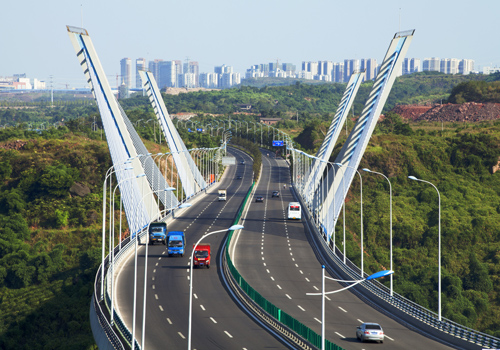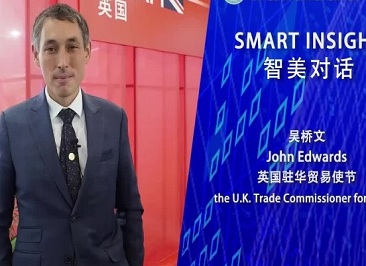Comparative advantages
Updated:2014-01-07
1. Gigantic opportunities in Western Development
Compared with Pudong and Binhai which are coastal open cities, Liangjiang New Area has switched its development orientation from the coast to the inland areas, with the aim of implementing China's western development strategy. Chongqing is one of the four municipalities directly under the central government and one of the five state central cities. It is fully committed to establishing itself into a modern metropolis covering an area of 1,000 square kilometers with a population of 10 million. Liangjiang New Area is expected to become an essential area for Chongqing's development and construction. By 2020, 60 percent of Chongqing's industrial land (171km2), 40 percent of its commercial land (125km2) and 60 percent of public land (108km2) will be located in Liangjiang New Area - which will also account for half of Chongqing’s population.

2. Policy environment oriented with domestic consumption
Pudong and Binhai are heavily dependent on international trade - which is their main source of revenue. By 2015, China's consumption will take up more than 14 percent of that worldwide. China will become the world's second largest consumption market with one fifth of the world population. Liangjiang New Area focuses on domestic consumption in its plans for development. The key industrial projects invested in Liangjiang Industrial Development Zone will benefit from the preferential policies and support in addition to the five major policies - China's western development policy, Innovative Balancing of the Urban and Rural Overall development policy, the State Council's No. 3 about import and export policy, inland bonded port areas policy, as well as the current policies in Pudong coast and the right to pilot implementation.
3. Relatively low elemental costs, with a focus on "6 lows"
1). Low construction costs with the cost of industrial land and construction tax significantly lower than in the country' eastern regions;
2). Low logistics costs, with convenient transportation enjoyed by Liangjiang New Area, especially its close linkage with 16 big cities through the "golden waterway" of the Yangtze River;
3). Low production costs with the comprehensive costs of industrial water, electricity, gas, land, labor etc. accounting for only 60 to 70 percent of the cost in the eastern regions, and especially cost of labor, as Chongqing has a total of 620,000 students in 61 colleges, 500,000 students in 248 secondary and vocational schools and 3,929 in vocational and technical training institutions - with 300,000 talents available for job placement and 8 million migrant workers;
4). Low financing costs due to a variety of financial institutions and new financial products in Liangjiang New Area which provide fast and convenient financing;
5). Low official business costs with a provincial review and approval system and administration authority - which lower the comprehensive costs of production and living in Liangjiang New Area - and they are thus significantly lower than in the eastern regions;
6). low tax costs with various preferential policies.
4. Opening model of inland openness
The two processing trade modes developed by Liangjiang New Area, i.e. "one end in and one end out" as well as "both ends in," elevate the utilization of foreign capital and attracts leader-type and core-type large-scale transnational enterprises to base their functional projects, such as regional headquarters, R & D institutions, merchandise distribution centers, purchasing centers, settlement centers, etc. in the Liangjiang New Area. In terms of service trade, the Liangjiang New Area has been active in developing offshore finance and transit trade, constructing its offshore financial center and the largest transit trade port in the western regions, and striving to create a national export base of automobiles and parts, a national innovation base of pharmaceutical exports, a national base of service outsourcing industry, and the largest bonded base of warehouse and logistics in inland China.
5. Ecological new area with reform
Liangjiang New Area is more than an industrial development zone, because of its bigger population and better ecological conditions. In terms of the mode of development, Liangjiang New Area adheres to the concepts of low carbon economy and independent innovation and works to strengthen resource conservation and environmental protection - in order to build a new area with a beautiful environment and good ecology. In terms of urban constructions, Liangjiang New Area continues to make plans based on global perspectives and high international standards. In terms of the industrial park development, Liangjiang New Area makes innovations in its management system, tax system, land system, social security system and environmental protection system so as to attract various kinds of enterprises and projects in the industrial park. Its exploration and practice in the mechanism of ideas, modes, channels, and systems, are set to allow Liangjiang New Area to become a site for the demonstration of scientific development.
Video

John Edwards, the UK trade commissioner for China, praised Chongqing over its rise as a burgeoning center in intelligent manufacturing.





